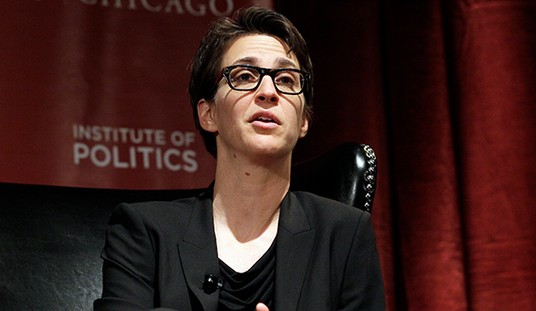Not all thought experiments are fun and this one will probably strike an unpleasant chord with many of you. The subject is, once again, the wealth tax, as has been proposed by Elizabeth Warren and others as a way to address what they view as economic inequality and a lack of “social justice.” It may not be coming any time soon, but history tells us that the Democrats will eventually regain control of the White House and both chambers of Congress sooner or later and they’ll probably want to attempt it. Robert J. Samuelson takes a crack at the issue in the Washington Post this week and concludes that even if there isn’t a specific wealth tax, some method of mass redistribution will have to be arranged. He poses the question as, “What to do about wealth?”
The truth is that we still don’t fully understand the surge in economic inequality of the past three decades. The populist temptation is to blame greed, but this is not a satisfactory explanation because greed is hardly new. It seems virtually certain that, sooner or later, taxes on the well-to-do and wealthy will go up. That’s where the money is, and that’s where the biggest private gains have been.
But can we do this in a way that doesn’t weaken incentives for risk-taking and investment? Can we do it in a way that strikes most people as reasonable and not simply an exercise in political and economic revenge? Good questions, all.
Samuelson is referring to recent economic data showing that the top ten percent of Americans (in economic terms) control 70% of all household wealth and the top one percent have more than thirty percent. His conclusion, at least in terms of what he feels “most people agree on,” is that something needs to be done about it. The author offers up the view that the current disparity between the wealthy and the middle class has grown so vast that it “must make all but the most avid enthusiasts of laissez-faire (“let it be”) squirm.”
Oddly enough, though, Samuelson readily admits some of the flaws in this theory. One of the greatest dangers of draining the successful of their wealth too rapidly is that you remove the incentive for others who hope to join the ranks of the well off some day. This is one of the fundamental tenets of capitalism as we’ve discussed here before. If you offer equality of opportunity and a level playing field for everyone to compete on, some will do better than others. If you mandate equality of outcome where everyone winds up with the same amount no matter how hard they work or how talented they may be, the incentive for achievement is removed.
Another point that’s frequently overlooked is that we already do a massive amount of wealth distribution as it is. When talking about how the top one percent control 31% of the wealth, redistributionists rarely mention that the top one percent also pay 37% of the taxes in this country. In fact, 1,409 households in America in 2018 paid more taxes than half of the rest of the country, equal to what the 70 million of the least wealthy citizens paid.
So that leaves us with the question of precisely how much more wealth redistribution the system needs and how much it could support. That puts us back on the Laffer curve, an inexact tool in economics (to put it kindly) but one that still offers a valuable guideline. At some point on the taxation bell curve, you reach a stage where people will simply stop doing anything to generate further income because of the diminishing returns involved. Are we already on the downward side of that curve? Possibly not, but we’ll know when we reach it.








Join the conversation as a VIP Member